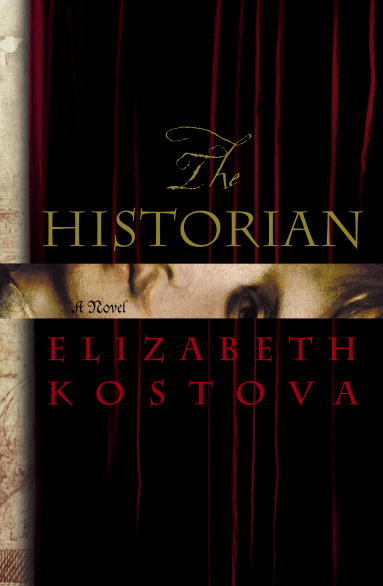How important it is for us to recognize and celebrate our heroes and she-roes! – Maya Angelou
How does one go about making a list of women in Chennai who make a difference in the literary world? A formidable task, as the list of women would include not just writers, but also poets, editors, translators and publishers. How does one even begin to describe all that immense talent in an article?
Here are snapshots of some women, who are whipping up a storm not just in Chennai, but also across India and the world. The women featured here form just a cross-section of the literary talent in the city. And this article provides a mere glimpse into the range and depth of their work in the literary world. The underlying thread that binds them all, is a ‘never-say-die’ attitude. And whose way with words, provokes thought, stirs the imagination, or simply, makes someone smile.
Sivasankari
With 30 novels, 13 travelogues, 2 biographies, 150 short stories & novellas, and innumerable articles, ‘prolific’ doesn’t come anywhere near describing Sivasankari.

Much of her work is issue-based, such as her books on alcoholism, drug-abuse and the condition of the elderly. Her work has transcended media, and been produced as TV programs, of which ‘Oru Manithanin Kathai’ on alcoholism and ‘Subah’, a Hindi television serial, based on her novel, ‘Avan’, made her a household name.
Her latest project is ‘Knit India through Literature’, a unique initiative to publish volumes of interviews with writers of 18 languages, along with some information on the cultural and literary heritage of each language.
Instilling thought has been Sivasankari’s constant endeavour, and writing is just one expression to that objective.
Mini Krishnan
To Mini Krishnan goes the credit of the work of Indian language writers finding appropriate expression in English. As a Translations Editor at Oxford University Press, she not only edits, but also has the responsibility of sourcing translations.
One of the major responsibilities she has undertaken, is as Project and Series Editor for ‘Modern Indian Novels in English Translation’, involving translation of 55 novels from 11 Indian languages!
Mini’s most recent success has been the series of books for school children ‘Living in Harmony’ – a value based series for classes 1- 8.
Sandhya Rao
From journalism to writing books for children, has been a leap for Sandhya, editor at Tulika Publishers.
She wears many hats – idea bank, writer, editor, translator, book consultant, resource person – and is adept at juggling the roles, especially when more keep getting added on from time to time.
Sandhya has authored 14 books (of which 4 are part of a series), and translated 3 books, all for children. She is now working on a picture book in verse, ‘Busy Busy Grand-ant’.
Radhika Menon
Radhika is Managing Editor of Tulika Publishers, an organisation that prides itself on producing high quality books for children in English and 7 Indian languages. She’s also the Director of Goodbooks, a bookstore and activity centre for children.
Children have been at the core of each of Radhika’s past assignments, be it teaching or in producing programs for children in Malayalam. She also conceptualised the first full-length animation serial to be made in India, ‘Tara ki Duniya’.
Radhika is currently engaged in producing a multi-disciplinary, multi-level workbook in Tamil for tsunami-affected children in the 4 to 10 years age-group. An interesting upcoming project for Tulika is a story based on a play, ‘Magic Horse’, that’s being co-published by Kattai Koothu Sangam.
Anushka Ravishankar
Nonsense Verse is what Anushka loves best, and she’s responsible for bringing to the fore, Indian English nonsense verse.

She’s written 8 books that range in style from alphabet book to absurd verse, and co-authored 5 other books. Anushka has won many accolades for her writing, with ‘Tiger on a Tree’ winning 4 international awards.
As a playwright, Anushka has written 9 plays, not all for children. She’s currently co-editing an anthology of Indian Nonsense Verse and there are 4 books for children in the pipeline. Also, a musical for children based on Kipling’s (not Disney’s) Jungle Book.
Kanimozhi Karunanidhi
Literature runs in her family, and Kanimozhi is considered a refreshing new voice in contemporary Tamil poetry.
Her columns in publications and her poems, written since she was in her early twenties, have been published as 4 books, the most recent anthologies being ‘Agathinai’ and ‘Karukkum Marudhani’.
In 2004, Kanimozhi also wrote the script for a production, ‘Silappadhikaaram…a Story of Women of Substance’, where she tread the fine line between contemporising the work and at the same time, retaining the flavour and context of the original.
(edited version published on March 8, 2005 in a Womens’ Day Special for Madras Plus, the city features supplement of The Economic Times, Chennai)















